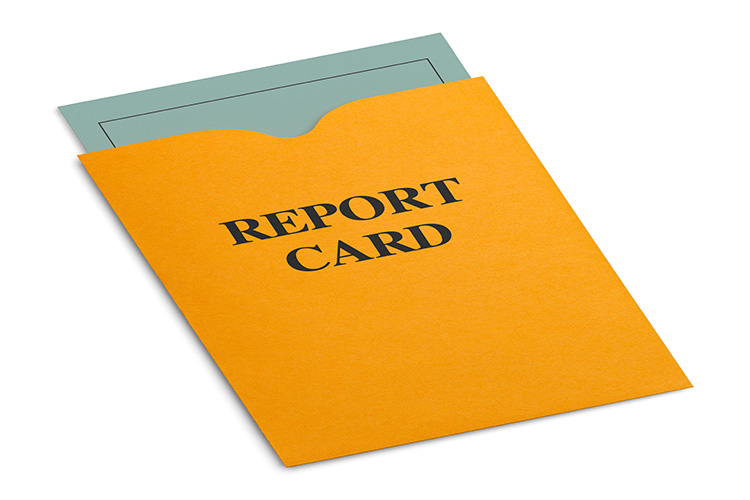
A “DFW” rate for a course is the percentage of students who receive a D, receive an F, or withdraw. We expect our courses to have academic rigor, and certain courses may have higher-than-average DFW rates because of the challenging nature of the material. And as this table shows, large gateway courses enrolling more than 100 students tend to have higher DFW rates than courses with fewer students.
| DFW Rates | ||||||||
| Actuals/goals in percentages | UWM Actual | UWM Goal | ||||||
| Year of Fall Term | 2015 | 2016 | 2017 | 2018 | 2019 | 3-year | 6-year | 10-year |
| Less than 25 students | 8.6 | 8.4 | 7.9 | 8.2 | 7.9 | 6-7 | 5-6 | 3-4 |
| Less than 50 students | 12.5 | 12.1 | 11.2 | 11.3 | 11.0 | 7-8 | 6-7 | 5-6 |
| 50-100 students | 15.9 | 16.1 | 14.2 | 15.7 | 13.6 | 10-13 | 9-12 | 8-11 |
| More than 100 students | 18.7 | 18.9 | 18.4 | 17.8 | 15.6 | 15-17 | 14-16 | 13-15 |
But patterns of high DFW rates can also indicate opportunities for improvement. For example, if a particular course in a program seems to overwhelm students, it could be worthwhile to consider how it’s taught.
As instructors, you can calculate your DFW rates from your grade rosters; from there, it is likely most useful to compare your results with rates from other sections you have taught, other sections or courses in your program, and national standards (where available). UWM DFW rates have not changed much in recent years, and to bring the rates down to meet projected goals we must take a number of steps. Where we see high rates, some options include:
- Pointing struggling students to campus resources such as supplemental instruction and peer tutoring.
- Offering more office hours to meet individual students.
- Evaluating and changing course design.
- Developing learning materials and spaces that are accessible to all students.
- Adopting Open Educational Resources (OER).
- Using early alerts and intervention tools.